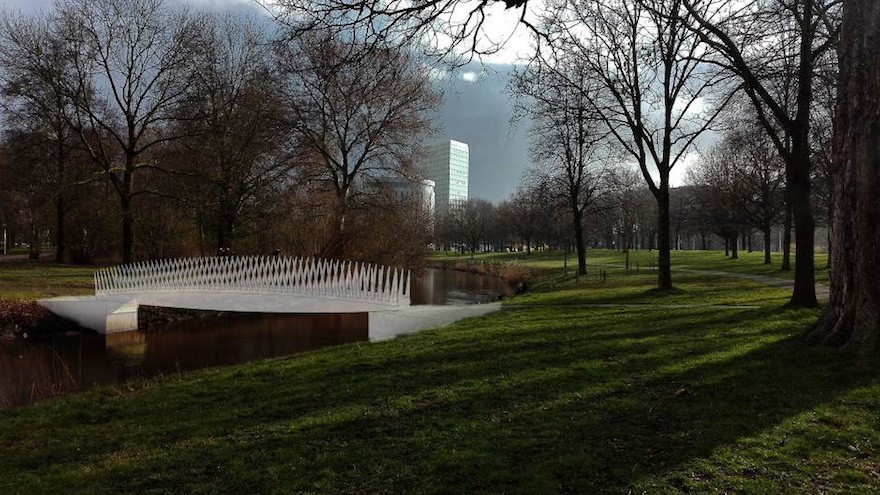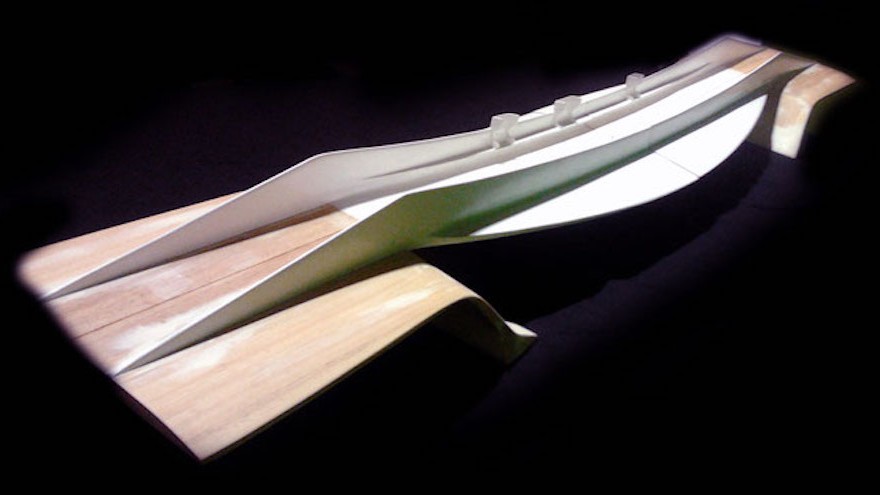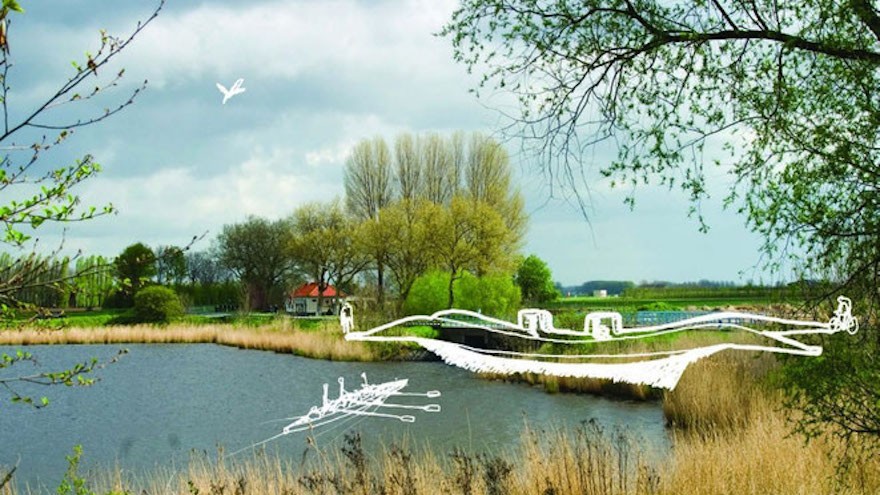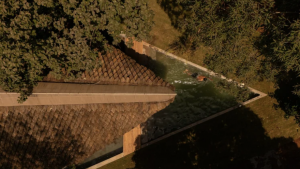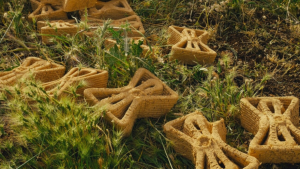Since 2014, the Centre of Expertise Biobased Economy, founded by Avans College and HZ University, has been conducting research into a bio-based footbridge. The bridge is part of a exploration into the possibilities of using biocomposite (a biobased resin mixed with natural fibres) as an environmentally-friendly alternative to standard construction materials. It was recently announced that a group of students from Avans University has successfully created a test model of the biocomposite bridge.
For the first time since research began, the design has been brought to life with the building of a two-metre-long section of the bridge. This is an important step forward for the "B3: Fully Bio-Based Composite Pedestrian Bridge” project funded by research programme investor LightHouse at TU Eindhoven. The Avans students constructed the test bridge from flax and hemp fibres bonded together with a bioresin around a core of biodegradable PLA foam.
The objective that drives the project is to develop a more eco-conscious and recyclable design solution for pedestrian bridges, especially those found in nature reserves and protected environments. The construction and maintenance of conventional bridges involves materials that are hazardous to the environment. The bio-based bridge will lead to biobased economy that proliferates biocomposite buildings and infrastructure as part of the sustainable development of a city.
Now that the method and structural composition of the bridge have been finalised, plans for bridge have been submitted to the Eindhoven municipality for approval. TU Eindhoven believes that the bridge will provide “proof of concept” for the building industry that is always reluctant to adopt new technologies or materials without visual evidence.

